Country United Kingdom Area 2,466 km² | Area rank 12th Population 531,665 (2011) | |
Orthodox celts star of the county down
County Down (named after its county town, Downpatrick) is one of six counties that form Northern Ireland, situated in the northeast of the island of Ireland. Adjoined to the southeast shore of Lough Neagh, the county covers an area of 2,448 km² (945 sq mi) and has a population of about 531,665. It is also one of the thirty-two traditional counties of Ireland and is within the province of Ulster.
Contents
- Orthodox celts star of the county down
- History
- Geography
- Places of interest
- Subdivisions
- Cities
- Large towns
- Medium towns
- Small towns
- Historic railways
- 21st century railways
- Association Football
- Gaelic games
- Golf
- In popular culture
- People associated with County Down
- References
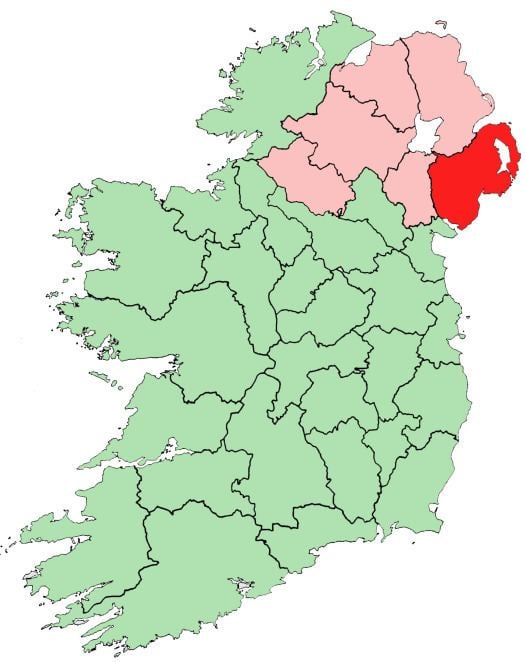
The county was archaically called Downshire. It borders County Antrim to the north, the Irish Sea to the east and south, County Armagh to the west, and County Louth across Carlingford Lough to the southwest. In the east of the county is Strangford Lough and the Ards Peninsula. The largest town is Bangor, on the northeast coast. Three other large towns and cities are on its border: Newry lies on the western border with County Armagh, while Lisburn and Belfast lie on the northern border with County Antrim. Down contains both the southernmost point of Northern Ireland (Cranfield Point) and the easternmost point of Ireland (Burr Point).
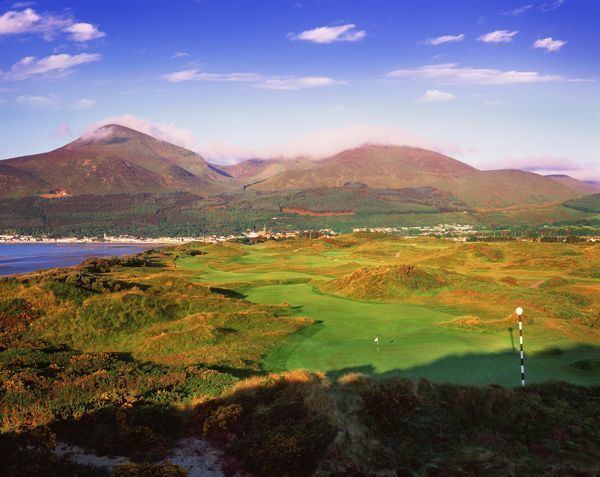
It is currently one of only two counties of Ireland to have a majority of the population from a Protestant background, according to the 2001 census. The other is County Antrim to the north.
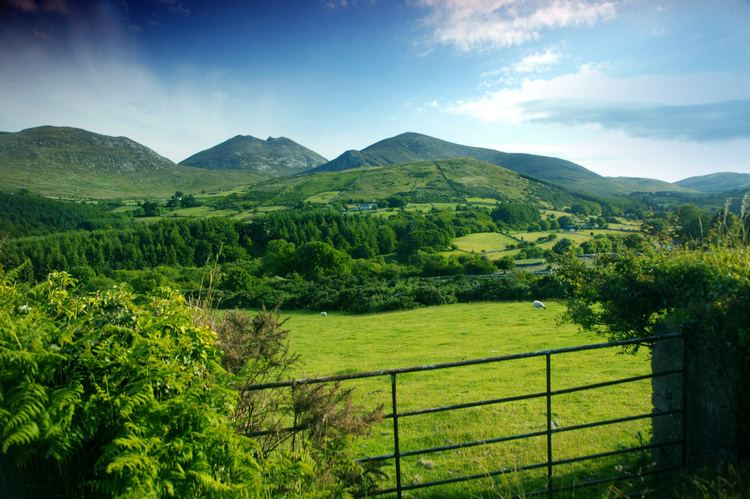
History
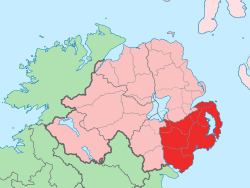
During the Williamite War in Ireland (1689–1691) the county was a centre of Protestant rebellion against the rule of the Catholic James II. After forming a scratch force the Protestants were defeated by the Irish Army at the Break of Dromore and forced to retreat, leading to the whole of Down falling under Jacobite control. Later the same year Marshal Schomberg's large Williamite expedition arrived in Belfast Lough and captured Bangor. After laying siege to Carrickfergus Schomberg marched south to Dundalk Camp, clearing County Down and much of the rest of East Ulster of Jacobite troops.
Geography
Down contains two significant peninsulas: Ards Peninsula and Lecale peninsula.
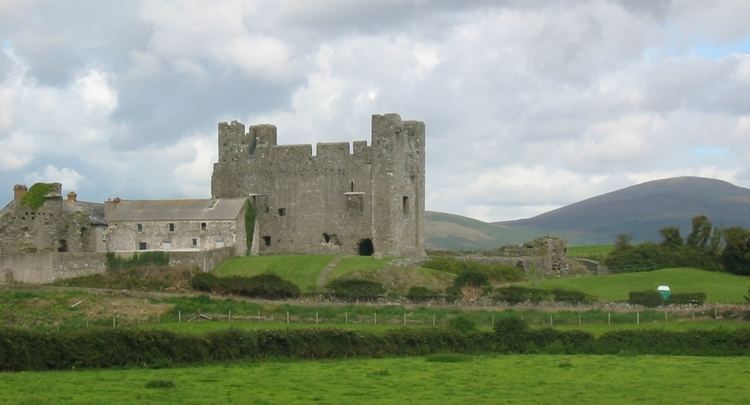
The county has a coastline along Belfast Lough to the north and Carlingford Lough to the south (both of which have access to the sea). Strangford Lough lies between the Ards Peninsula and the mainland. Down also contains part of the shore of Lough Neagh. Smaller loughs include Lough Island Reavy.
The River Lagan forms most of the border with County Antrim. The River Bann also flows through the southwestern areas of the county. Other rivers include the Clanrye and Quoile.
There are several islands off the Down coast: Mew Island, Light House Island and the Copeland Islands, all of which lie to the north of the Ards Peninsula. Gunn Island lies off the Lecale coast. In addition there are a large number of small islands in Strangford Lough.
County Down is where, in the words of the famous song by Percy French, "The mountains of Mourne sweep down to the sea", and the granite Mourne Mountains continue to be renowned for their beauty. Slieve Donard, at 849 m (2,785 ft), is the highest peak in the Mournes, in Northern Ireland and in the province of Ulster. Another important peak is Slieve Croob, at 534 m (1,752 ft), the source of the River Lagan.
Places of interest
Subdivisions
Baronies
Parishes
Townlands
Cities
(population of 75,000 or more at 2001 Census)
Large towns
(population of 18,000 or more and under 75,000 at 2001 Census)
Medium towns
(Population of 10,000 or more and under 18,000 at 2001 Census)
Small towns
(Population of 4,500 or more and under 10,000 at 2001 Census)
Historic railways
21st century railways
Association Football
In association football, the NIFL Premiership, which operates as the top division, has one team in the county: Ards F.C., with Warrenpoint Town F.C., Banbridge Town F.C., Bangor F.C. and Lisburn Distillery F.C. competing in the NIFL Championship, which operates as levels two and three.
Gaelic games
The Down County Board administers Gaelic games in the county. Down is the most successful team north of the border in terms of All-Ireland Senior Football Championships won with five in total. In terms of Ulster they share that accolade with Cavan who also have 5 titles. They currently have four minor all Ireland titles (1977, 1987, 1999 and 2005), twelve Ulster titles (1959, 1960, 1961, 1963, 1965, 1966, 1968, 1971, 1978, 1981, 1991, 1994) and one under 21 all Ireland title (1979).
Golf
County Down is also home to the No.1-ranked golf course outside of the US, according to Today's Golfer, Royal County Down, which is situated in Newcastle.
Currently ranked No.1 golfer in the world, Rory McIlroy originates from Holywood, situated in the north of the county.
In popular culture
"Star of the County Down" is a popular Irish ballad.
The county is named in the lyrics of the song "Around the World", from the film Around the World in 80 Days, which was an American top ten hit for Bing Crosby and UK top ten hit for Ronnie Hilton, both in 1957, although it was Mantovani's instrumental version which was actually used in the film. Rihanna's video "We Found Love" was filmed there in 2011.
The Northern Irish singer Van Morrison has made reference to the County Down in the lyrics to several songs including "Northern Muse (Solid Ground)", "Mystic of the East" and the nostalgic "Coney Island", which names several places and landmarks in the County.
